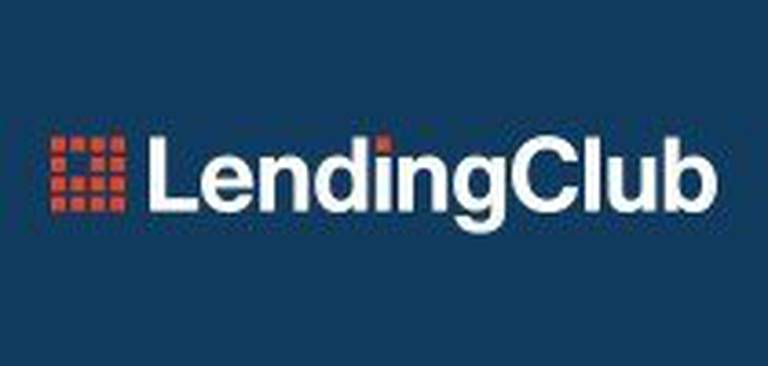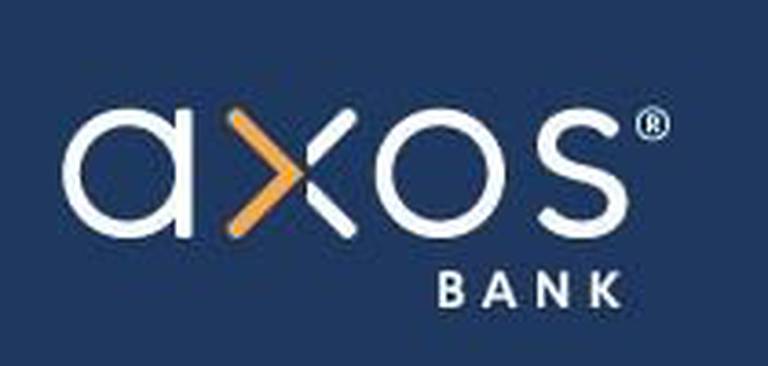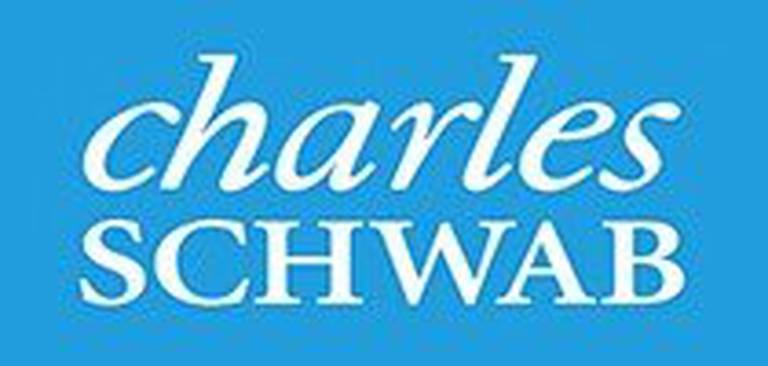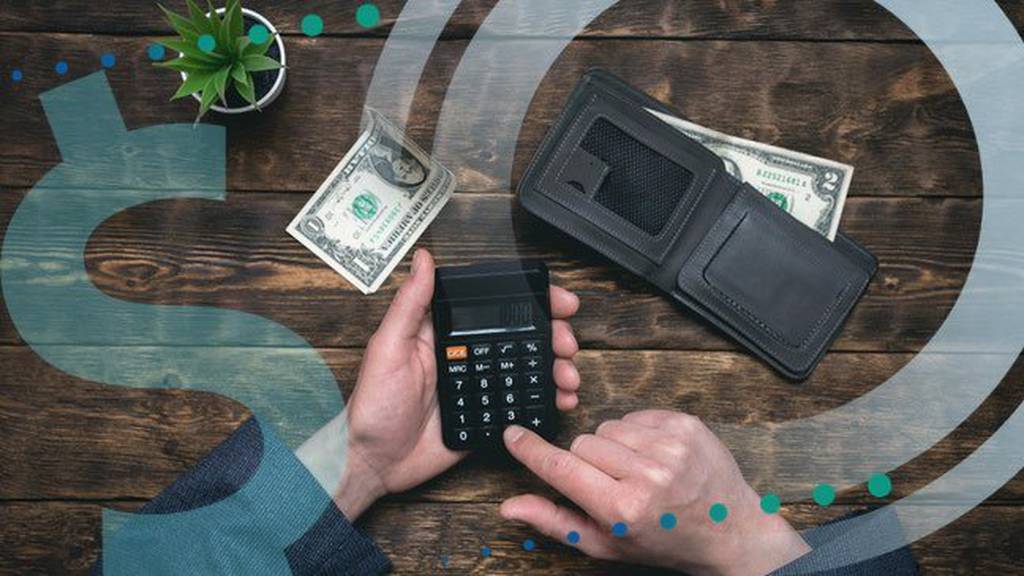Everyone needs a bank account. Checking accounts make it easy to get paid and to spend money without having to carry around cash. Savings accounts help you keep your extra money safe and grow your balance by earning interest.
But some banks charge fees for checking or savings accounts. These fees eat away at your balance over time, so it’s important to avoid them. Most banks waive fees if you jump through some hoops, but there are plenty of banks that don’t charge any.
Bank Fees to Know About
Maintenance Fees
One of the most common bank account fees is the maintenance fee. If your bank charges this, it’s a monthly fee. These can range from a few dollars to as much as $20 or more each month.
Usually, banks are willing to waive these fees if you meet a few requirements. Common ways to avoid the fee include:
- Maintaining a minimum balance in the account
- Maintaining a minimum balance across all your accounts at the bank
- Making a minimum number of bill payments or debit card transactions each month
- Receiving direct deposits that meet a minimum threshold each month
In many cases, it’s easy to avoid maintenance fees. Most people set up direct deposit for their paychecks, helping them get the fees waived. But there’s always a chance that you’ll fail to meet the requirement and incur a fee. It’s much more convenient to have an account that doesn’t charge a monthly fee at all.
Related: Banks That Offer Early Direct Deposit
Overdraft Fees
If you have a checking account, you can use checks and your debit card to pay for goods and services. If you use your debit card to pay for something but don’t have enough money in your account, your bank might let the transaction go through anyway. This is called an overdraft.
Having the ability to buy things you don’t have the money for can be helpful, especially if you’re buying necessities or covering an emergency. However, banks don’t do this for free. Most will charge you an overdraft fee. Typically, the fee is $30 or more for a single overdraft. If you overdraft multiple times in a day, you might owe $100 or more in fees.
When you overdraft, your account balance goes negative. You have to deposit money into your account to repay your debt and bring your balance back to $0. If you don’t, the bank might close your account and it can be hard to open an account with a different bank (because other banks will be able to see that you owed money when your former bank closed your account).
Some banks don’t offer overdraft service, which lets you avoid this fee. Others have alternatives that reduce the fee or let you overdraft at no cost.
ATM Fees
If you need to get cash, visiting an ATM is one of the most convenient ways to get money. ATMs are everywhere and it saves you the effort of finding a branch of your bank.
Most banks are part of large ATM networks that let you withdraw money from thousands of ATMs, fee-free. Still, in-network ATMs might not be the most convenient choice in every situation. Some banks charge fees if you use ATMs that arent part of their network. Often, the owner of the ATM will also charge a fee, meaning you have to pay two fees, just to access your own money.
Some banks choose not to charge any fees, regardless of the ATM you use. That leaves you responsible only for fees charged by the ATMs owner. There are also banks that will reimburse you for fees charged by other banks’ ATMs, making it free for you to use any ATM you find, within reasonable limits.
The Best No-Fee Banks
If you’re looking for a fee-free bank, some of the best options are online banks. These banks typically charge fewer fees than brick and mortar banks and pay better interest rates.
| Brand | Best For |
|---|---|
| Chime® | Free overdraft through the SpotMe® feature |
| LendingClub | Debit card rewards |
| Axos | Earn interest on checking account balance |
| Schwab | Fee-free ATMs worldwide |
Chime

Chime is an award-winning financial app and debit card.
There are no requirements to avoid monthly fees with Chime as there are simply no fees.
Chime does not allow over drafting, which means customers don’t have to worry about overdraft fees. Instead, Chime has a service called SpotMe®. With SpotMe®, customers can spend between $20 and $200 more than they have available in their checking account. There is no fee for the service, though customers have the option of tipping Chime to thank it for the service.
To qualify for SpotMe®, Chime customers must receive at least $500 in direct deposits each month.
Chime offers fee-free transactions at any Moneypass ATM in a 7-Eleven location and at any Allpoint or Visa Plus Alliance ATM but charges a $2.50 fee for using out-of-network ATMs. It does not reimburse ATM fees, so it might not be the best choice for people who use cash frequently.
Another nice feature of Chime is savings roundups, which automatically transfer spare change from your debit card purchases to your savings account. The savings account earns a high-interest rate, helping your balance grow over time.
Chime Disclosure - Chime is a financial technology company, not a bank. Banking services and debit card provided by The Bancorp Bank, N.A. or Stride Bank, N.A.; Members FDIC.
1Chime cannot guarantee when files are sent by the IRS and funds can be made available.
^Early access to direct deposit funds depends on the timing of the submission of the payment file from the payer. We generally make these funds available on the day the payment file is received, which may be up to 2 days earlier than the scheduled payment date.
Visit Chime or Read more in our Chime Review.
LendingClub Bank

Lending Club Bank is an online bank that gives its checking account customers the opportunity to earn rewards. It doesn’t charge monthly fees and offers ATM fee reimbursements.
LendingClub Bank’s ATM fee rebates apply to any ATM transactions made using other banks’ ATMs. The bank doesn’t have a stated limit for the number of rebates that it is willing to offer but may limit rebates for people who make excessive ATM transactions.
A unique feature of the LendingClub Bank rewards checking account is the rewards from debit card transactions. You’ll earn unlimited 1% cash back.
LendingClub Bank’s checking account also offers some interest on checking account balances, which is unusual compared to most checking accounts. However, the bank’s savings account pays a lower rate than many other online banks accounts.
Visit LendingClub Bank or Read more in our LendingClub Bank Review.
Axos

Axos high-yield checking account offers solid interest rates with a truly fee-free experience. There are no monthly fees or overdraft fees. The bank also offers unlimited ATM fee reimbursements for using other banks’ ATMs.
Axos lets you avoid overdraft fees by not allowing overdrafts. There are no fees for attempting transactions with insufficient funds.
If you want a way to let transactions go through even if you don’t have the funds on hand, you can sign up for overdraft protection. This service automatically transfers funds from a linked savings account or line of credit to your checking account so you can complete the transaction. There’s no fee for the service, but you do have to pay interest on the line of credit if you use that option.
Instead of making you jump through hoops to avoid fees, Axos pays interest on checking account balances if you meet a few requirements. Each requirement you meet boosts your rate, with the highest rate available if you meet all three minimum requirements.
The milestones to meet to boost your interest rate are:
- Receive direct deposits of at least $1,000 each month
- Make at least 10 debit card transactions (minimum $3) each month
- Make at least 15 debit card transactions (minimum $3) each month
Visit Axos Bank or Read more in our Axos Bank Review.
Schwab

Schwab might be best-known for its investment services, but it also offers bank accounts to customers who open a brokerage account.
The Schwab checking account pays a small amount of interest and doesn’t charge a monthly fee. Its most exciting feature may be its ATM fee reimbursements. The account offers unlimited ATM fee reimbursements for withdrawals made anywhere in the world. If you travel internationally, most banks won’t waive the ATM fees, but Schwab lets you make fee-free withdrawals regardless of where you are.
This makes the Schwab checking account valuable for frequent travelers. It’s also convenient to have your bank accounts and investment accounts in the same place, which is another point in Schwab’s favor.
As a bonus, there are no overdraft or insufficient funds fees, making the account truly fee-free.
Read more in our Charles Schwab Review.
How We Came Up With This List
When looking for the best no-fee banks, we looked for a few things.
Of course, one of the first things we looked at was the fee structure. A no-fee bank should be truly fee-free: no monthly fees and no fees for other common services. Any fees the bank charges should be incredibly easy to avoid.
We also looked at how easy it was to open and use the account. That means things like minimum deposit requirements, ATM access, and the quality of the bank’s mobile app.
Finally, we looked at special features. For a bank to stand out it needs to offer something special like fee-free overdrafts or the opportunity to earn rewards when you use your debit card.
FAQs
Here are some frequently asked questions about fee-free banks.
Are these banks safe?
Yes, the banks on this list are safe to use. They receive the same protection from the Federal Deposit Insurance Corporation that other banks in the United States have. That means that your money is insured for up to $250,000 per account type, per depositor.
If the bank is unable to return money you’ve deposited, the FDIC can reimburse you up to the insurance limit.
What fees are normal for a checking account?
One of the most common fees for a checking account is the monthly maintenance fee. You have to pay this fee each month unless you jump through some hoops such as making a number of debit card transactions, receiving direct deposits, or having a certain minimum balance.
Checking accounts also charge an overdraft fee if you try to spend more money than you have available in your account. These fees can be hefty and can add up quickly if you don’t pay close attention to your balance, which is one of the reasons many people want a no-fee checking account.
Are there drawbacks to no-fee checking accounts?
Many no-fee checking accounts are offered by fintech companies and smaller banks. If you want to bank with a large bank or have a financial institution that handles all of your money needs, you might need to open a checking account that carries some fees.
Bottom Line
Bank account fees eat away at your account balance over time or make transactions more expensive when you’re already low on funds. Finding a bank account with good features and no fees makes it much easier to manage your money, and it’s worth shopping around to find the best bank for your needs.
Related:









